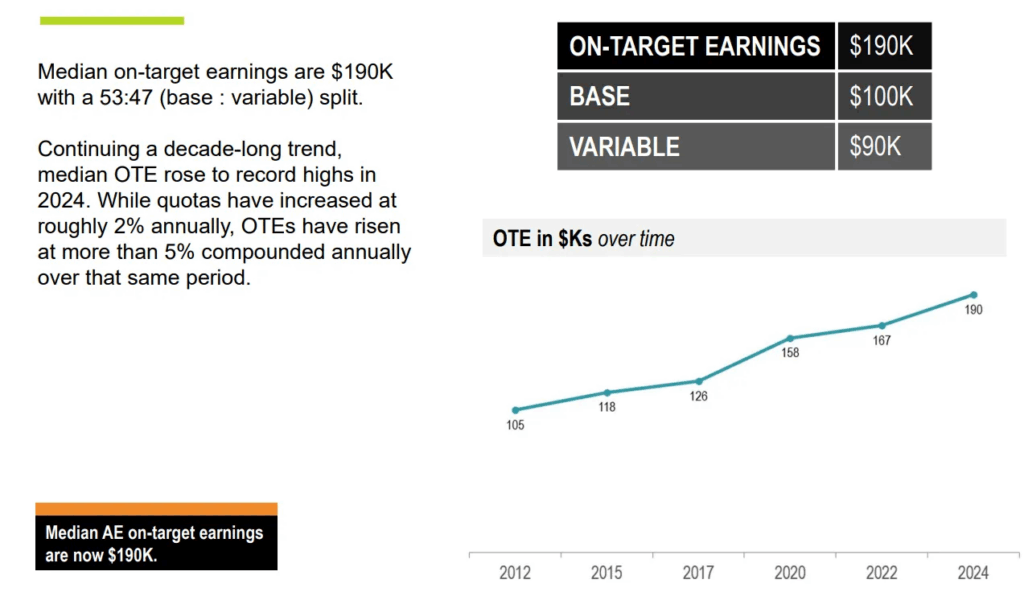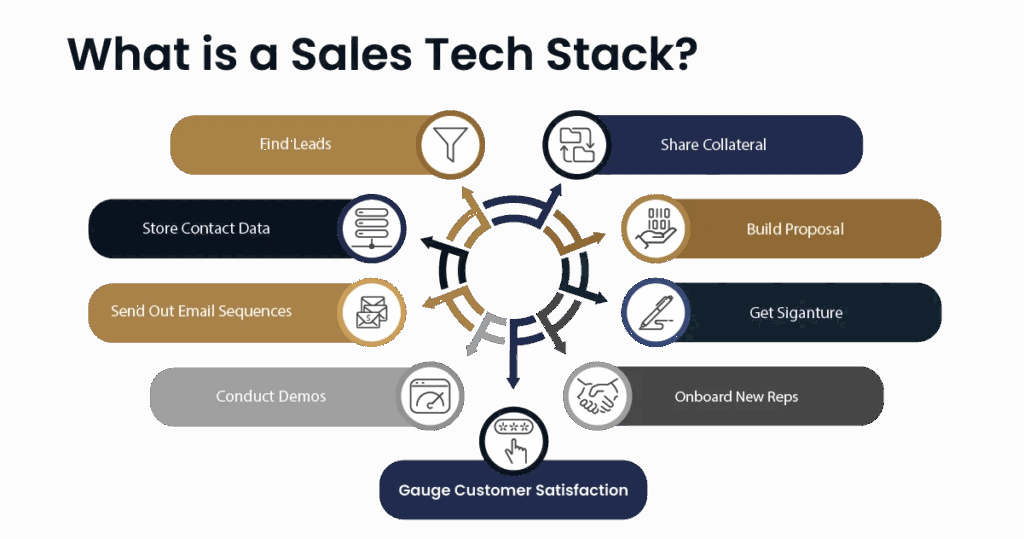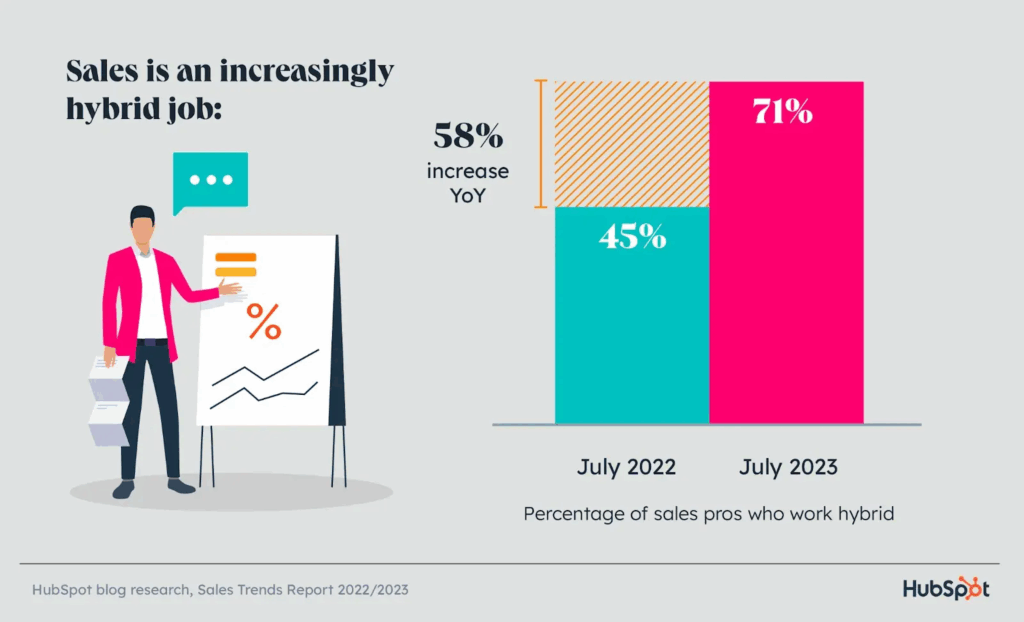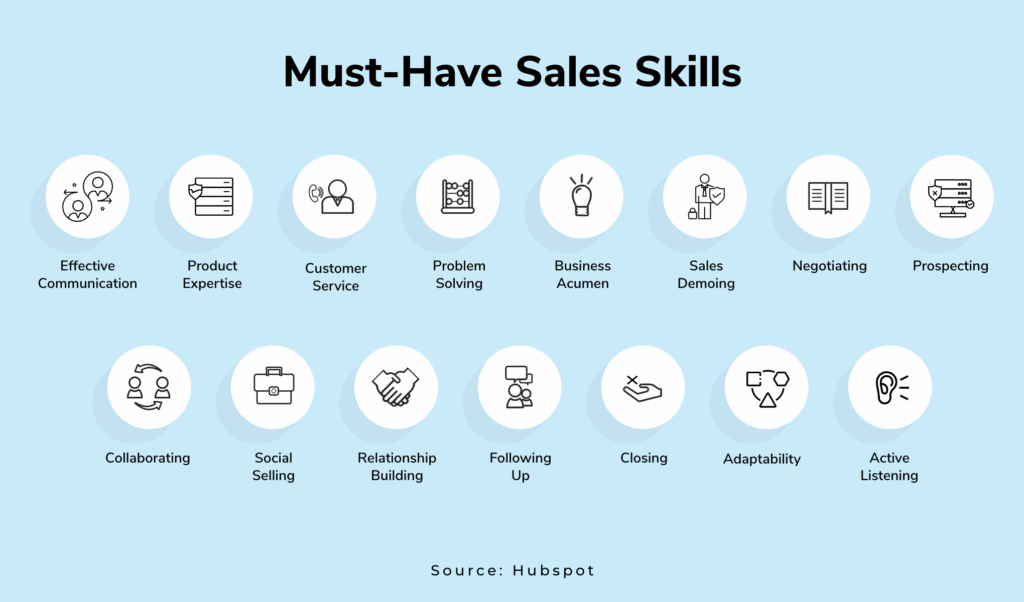While SaaS sales trends are always evolving, 2025 has seen transformation at breakneck speed. From the infusion of AI to hybrid work being the new norm to burgeoning salesperson salaries, a lot is going on this year. With that said, let’s jump right into the emerging 2025 trends in SaaS sales hiring that CEOs need to know about.
AI is Approaching Ubiquity in Sales Candidate Screening
Given that AI has spread its tentacles to nearly every area of business and life, it should come as no surprise that it’s being utilized in SaaS sales hiring as well. Nearly every company with even an ounce of tech-savvy is experimenting with AI in at least some capacity.
While AI hasn’t quite become ubiquitous in SaaS sales hiring, it’s getting pretty close. In fact, recent research states that “87% of organizations now use AI at some point in the hiring process.” And with more and more people seeing firsthand the immense impact AI can have on sales recruiting — mainly being able to effectively filter through a huge candidate pool and find the best of the best — this is a trend that’s only going to continue to grow.
Not to mention, AI offers plenty of other ultra-practical features like auto-scheduling interviews, offering 24/7 responses to candidate inquiries, and sifting through mountains of data to help recruiters make smarter long-term decisions.
Put that all together, and it’s clear that those at the forefront of SaaS sales hiring are looking for innovative ways to leverage AI in their workflows.
Tech Stack Fluency is Officially a Must
SaaS sales reps sell tech. So it only makes sense that they shouldn’t just be knowledgeable about tech. They should be extremely proficient.
A big part of that is what I like to call tech stack fluency, which means having the ability to assemble a list of cutting-edge tools that covers all the bases — from lead nurturing to CRM to delivering demos and beyond.
This is a huge contributor to enabling a rep to perform their job at a high level and provide the best possible customer experience. That’s why I suggest making tech stack fluency a prerequisite for landing a job at your company and directly asking candidates about the specific tools they use.
The Majority of Sales Reps Now Work Hybridly
The trend of SaaS sales reps working hybridly, with a mix of their time spent in-office and at home, has been steadily growing. And of course, COVID cranked it up to a new level. That said, you’ll likely be surprised at the sheer number of salespeople working hybridly today.
According to HubSpot’s 2024 State of Sales Report, “71% of US sales pros work hybrid, up 45% from May 2022.
And Mark Burdon, a former IBM Solutions Sales Rep and HubSpot blog contributor says this is having a positive impact on sales. “Sales development reps used to be in the office before … smiling and dialing as they used to call it … but working from home enables them to now interact with customers more and be customer-facing,” Burdon explains.
Given how common hybrid positions now are and the benefits they can have, such as boosting salesperson productivity and making reps happier, this is a work arrangement that’s well worth considering in 2025. For more information on the pros and cons, check out this blog post we wrote about remote vs. in-house sales teams.
Salesperson Salaries Have Seen a Noticeable Spike
Like most industries, salaries generally rise consistently in SaaS sales. But in recent years, we’re seeing a trend where compensation is stronger than ever.
This is especially true for account executives, who, as of 2025, earn between $92,000 and $218,000 per year. For SDRs, those numbers are lower, but they’re still clocking in at $88,000 to $177,000. And when it comes to enterprise reps, you can expect to pay even more.
For perspective on what the trajectory looks like over time, here’s a graph that shows the on-target earnings for AEs from 2012 to 2024.

The takeaway here is that securing highly talented SaaS salespeople is becoming costlier — something that’s due to multiple factors, but a talent shortage mixed with high demand is one of the main reasons. Therefore, it’s more important than ever to offer competitive pay and benefits, and if possible, go higher than your competitors.
This brings us to the last of the 2025 trends in SaaS sales hiring.
Evolving Buyer Needs Demand Deeper Salesperson Knowledge
You could make the argument that SaaS buyers are collectively more cautious than ever. This is especially true when it comes to buying premium SaaS products, especially on the enterprise level, where a major investment is involved.
With so much riding on making the right decision and so many options to choose from, it often takes a lot to get leads over the buying hump. To thrive in today’s intense SaaS selling environment with evolving buyer needs, a salesperson needs to possess deep knowledge and be comfortable working their way through an often longer sales cycle than what we saw in the past.
So, how should you respond to this trend?
If possible, opt for more seasoned SaaS sales candidates rather than rookies, as they’re more likely to be able to handle the challenges and complexities. Also, aim for a consultative approach to selling, where reps focus on building relationships with leads rather than just making a quick transaction. Reps with strong listening skills, communication, and collaboration, and who can deliver a personalized customer experience, tend to do well with consultative selling.
Getting on Board with 2025 Trends in SaaS Sales Hiring
SaaS sales hiring is undergoing rapid change in 2025, with things like advancements in AI, tech stack fluency, and hybrid work standing out. By staying proactive with your approach, you should be positioned to find elite reps and stand out in the increasingly competitive landscape.
And if you want to find the best and brightest in your industry, use the Sales Skills Assessment to analyze core competencies with 95% accuracy.






